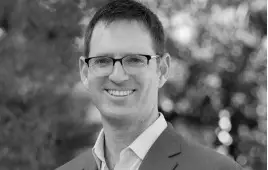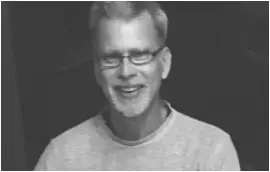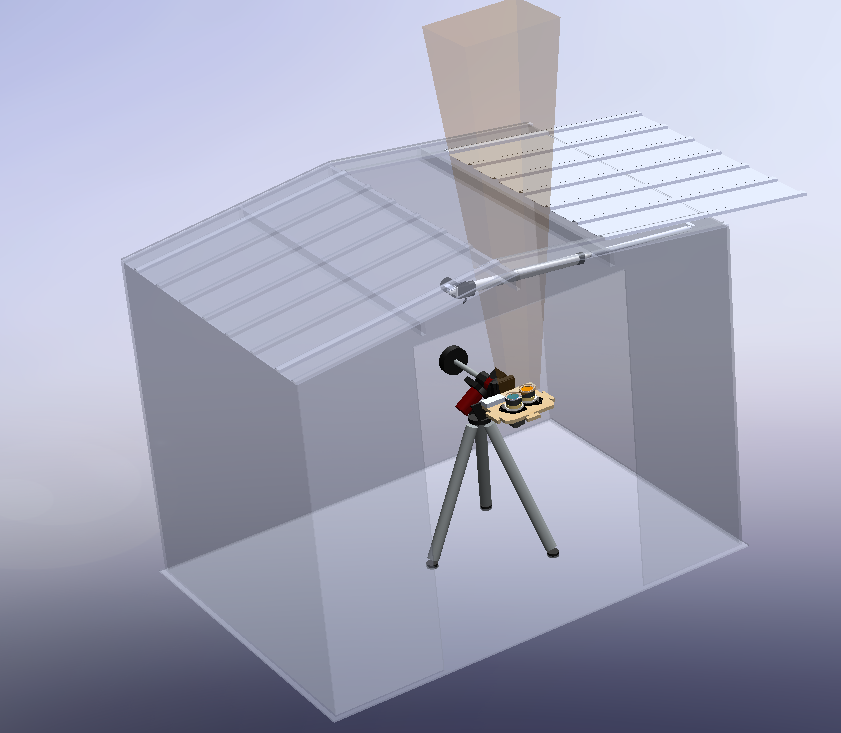
Dr. Sam Waldman founded the SpaceX team that designed, built, tested and flew a variety of sensors and instruments for Dragon, Falcon9, and Starlink. His team’s sensors included the Cargo and Crew Dragon LIDARs for docking with the International Space Station, the Crew Dragon and Falcon 9 human-rated Internal Measurement Units, Crew Dragon Gas Analyzers, safety-critical Pressure Transducers, and the first generation Starlink Laser Communication terminals.
Before SpaceX, Dr. Waldman co-led the design and commissioning of Enhanced LIGO detector for the Laser Interferometer Gravitational-Wave Observatory. The LIGO work included massively parallel MIMO feedback and control, high power lasers and optics, ultrahigh vacuum compatible mechanical design, and low noise electronic design.

Jeff Rothermel is a multi-disciplinary design engineer with a career spent exclusively at vertically integrated manufacturing companies. He worked as the principal technical lead for satellite laser communications at SpaceX, overseeing or implementing all aspects of the design, including fiber telecom transceivers, laser optics, electronics, multi-axis mechanisms, motor control systems and embedded software architecture.
Prior to SpaceX, Jeff was the chief technical lead for all products at KVH Industries, including fiber optic inertial sensing, motion stabilization and navigation. He spent his early career in the integrated circuit industry as a full-custom mixed- signal integrated-circuit designer. This work includes CMOS imagers at JPL spinoff Micron Imaging, and delta-sigma audio converters at Alesis Studio Electronics.

Neutralino North, “The Ranch,” is NSV’s remote observatory in the southern Sierra Nevada mountain range. We conduct remote access night sky testing of our technology to simulate ground operated space missions: weather-triggered retraction of the observatory roof, positioning and focusing of our cameras based on previously mapped night skies, subsequent sensing/tracking of stars and satellites, and the daily processing/downstreaming of all data to our conference room in El Segundo, everything executed via our cluster computing system.